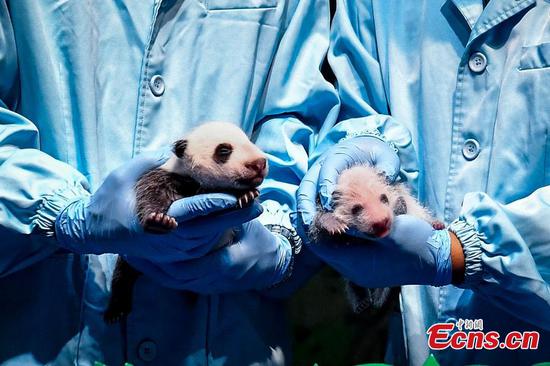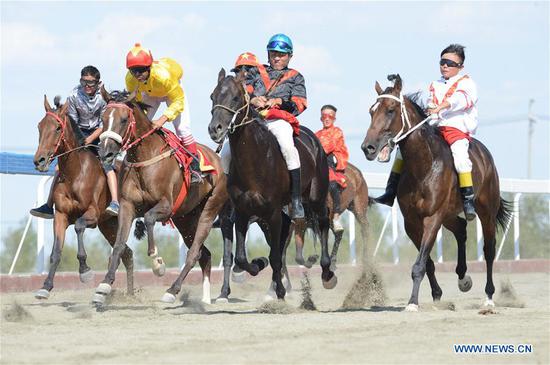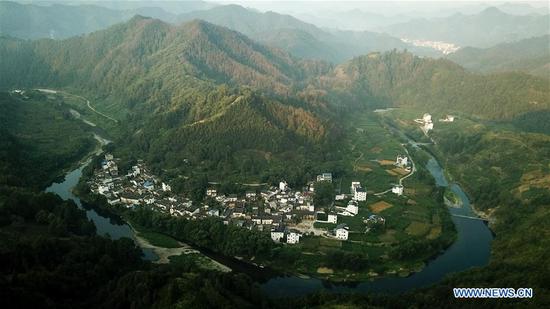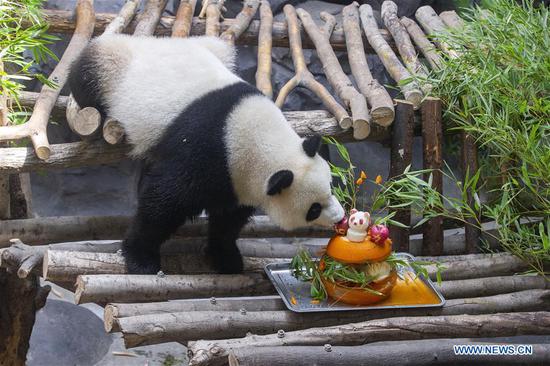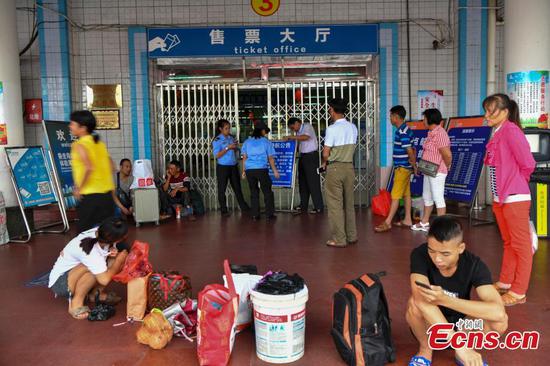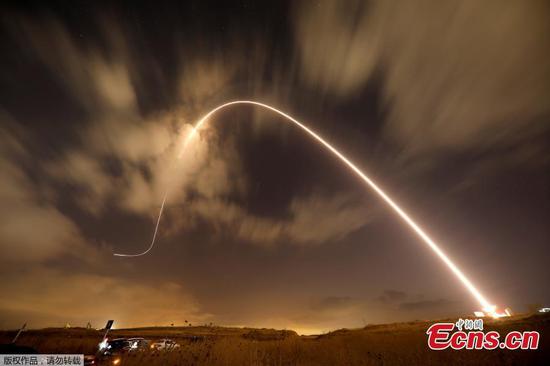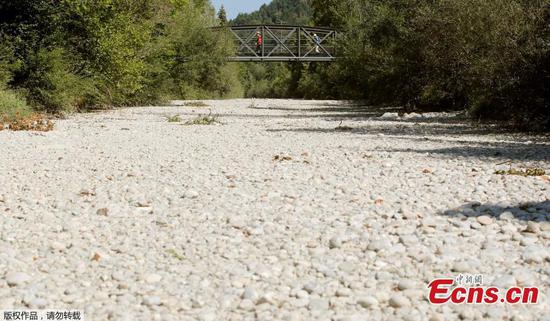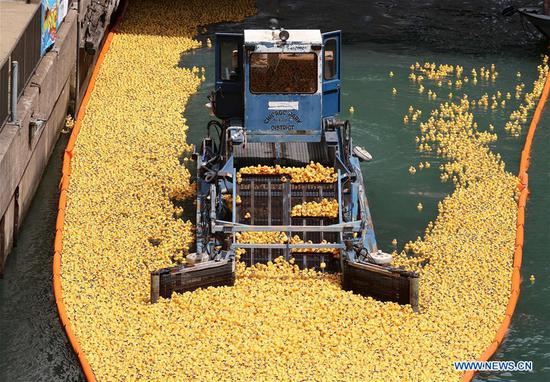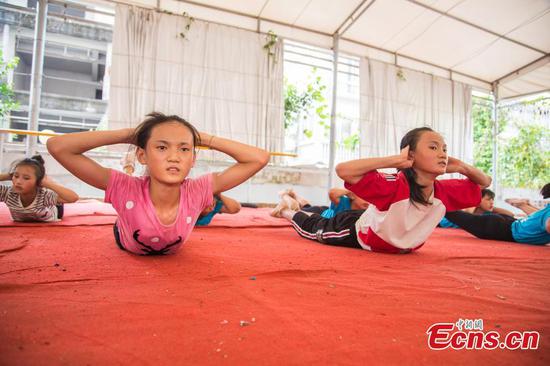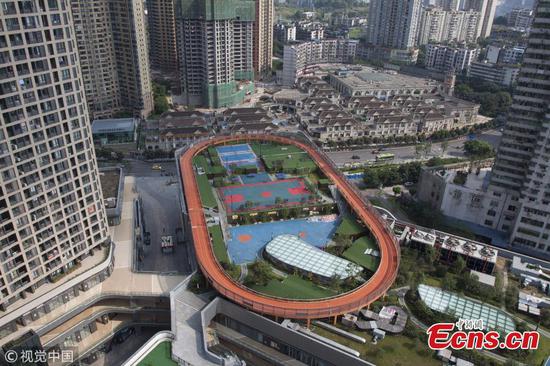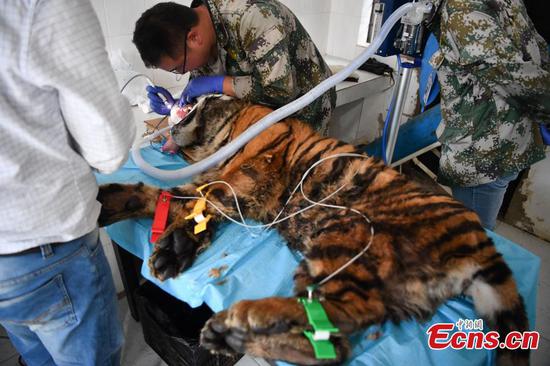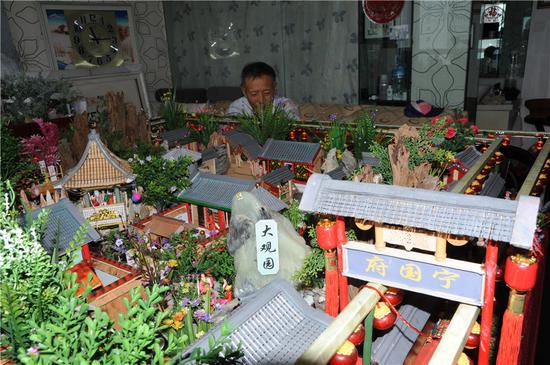On August 12, 1978, then Chinese Foreign Minister Huang Hua and his Japanese counterpart Sunao Sonoda signed the Treaty of Peace and Friendship between China and Japan in Beijing.
The signing set a new milestone in the history of Sino-Japanese relations, following on from the Joint Statement in September 1972 and the normalization of diplomatic relations.
Introduction of the Treaty
The treaty commits the two sides to develop durable relations of peace and friendship on the basis of the Five Principles of Peaceful Coexistence, settle all disputes by peaceful means without resorting to the use or threat of force, develop economic and cultural cooperation and promote exchanges between their peoples.
The two sides declared in the treaty that neither of them would seek hegemony and that each was opposed to any other country's efforts to do so.
Despite its brevity, the treaty took less than four years to finalize. Diplomatic ties between China and Japan were restored in 1972.
The two sides concluded agreements on trade, aviation and navigation two years later, with an agreement on fishing the following year.
Negotiations for the treaty began in 1975. It took 14 rounds of talks to seal the details by July 1978, and the process was finally concluded on August 12.
New period for China-Japan relations
The signing of the treaty opened up a new period of long-term friendly cooperation between the two countries.
In the autumn of 1978, then Chinese leader Deng Xiaoping visited Japan and exchanged instruments of ratification of the treaty.
Deng said its conclusion "further consolidated the foundation of the good-neighborly and friendly relations between the two countries and opened up broader vistas for a further increase of exchanges in the political, economic, cultural, scientific and technological fields."
He said it would "also exercise a positive impact on the maintenance of peace and security in the Asia-Pacific region."
40th anniversary of the Treaty
Forty years later, in May 2018, Chinese Premier Li Keqiang and his Japanese counterpart Shinzo Abe attended a ceremony in Tokyo marking the 40th anniversary of the signing of the treaty. Both sides said they planned to continue to pursue a peaceful and friendly path.
After the China-Japan summit in May, Chinese Premier Li Keqiang and Japanese Prime Minister Shinzo Abe made statements for the celebration of 40 years of ties between the two countries.
Li said, "For some time, China and Japan detoured a little. But now we are seeing improvement, and relations are becoming sustainable and forward-looking. My visit aims to push China-Japan relations back on a normal path, to maintain the long-term and stable development and to prevent us from going backward. China is willing to make efforts together with Japan."
Abe said, "There is almost nothing that is impossible if Japan and China can hold hands together. I'm confident that we can make a greater contribution to resolving various regional and global issues."
"Use history as a mirror while looking to the future," Li said during his trip in May. The signing of China-Japan Treaty of Peace and Friendship paved the way for developing bilateral relationship 40 years ago, and hopefully, it will continue to guide the two countries' peaceful and friendly interactions in the future.
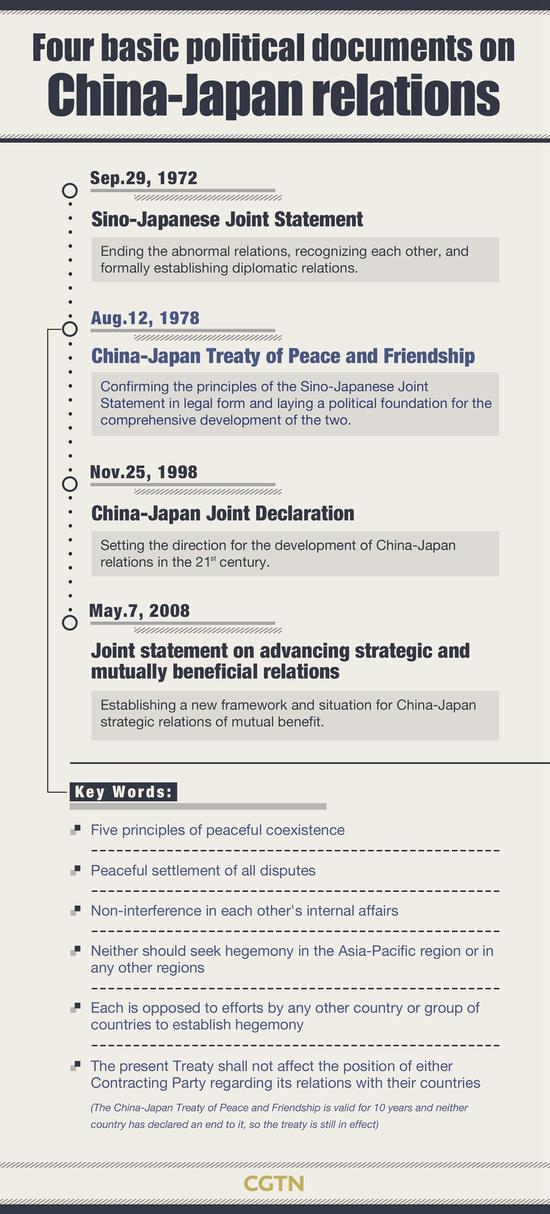
By Wang Yushen










